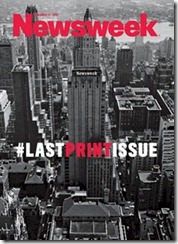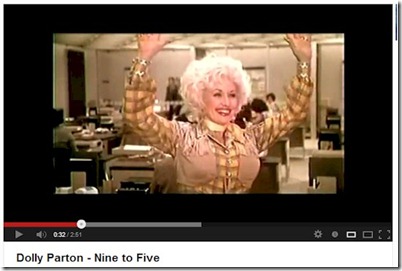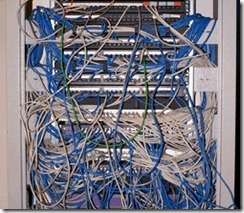“Their tallest buildings are no longer cathedrals or temples but multi-storey vats filled with workers.”
Catherine Nixey in her article “Death of the Office” asks “What was the point of them anyway?
The 20th century Industrial Age was the age of concentrated scale. Blue collar factories dominated the first half. And then as work became abstracted from physical into knowledge work, offices became the white collar factories of the second half of the 1900s. They were the industrial workflow computing mainframes.
The 21st century Digital Age is the age of distributed processing. The long tail of disintermediated object oriented processing. The Internet is simply a robust architecture for distributed processing and only one example of the distributed processing revolution in information processing itself.
In the distributed world, offices are as obsolete as piles of inventory in the JIT supply chain or paper-filled inboxes on the desk of a administrative clerk.
Nixey explores the profound obsolescence of this centralised model
- “Even before coronavirus struck, the reign of the office had started to look a little shaky. A combination of rising rents, the digital revolution and increased demands for flexible working meant its population was slowly emigrating to different milieux. More than half of the American workforce already worked remotely, at least some of the time. Across the world, home working had been rising steadily for a decade. Pundits predicted that it would increase further. No one imagined that a dramatic spike would come so soon.”
- “Offices have always been profoundly flawed spaces. Those of the East India Company, among the world’s first, were built more for bombast than bureaucracy. They were sermons in stone, and the solidity of every marble step, the elegance of every Palladian pillar, were intended to speak volumes about the profitability and smooth functioning within. This was nonsense, of course. Created to ensure efficiency, offices immediately institutionalised idleness. A genteel arms race arose as managers tried to make their minions work, and the minions tried their damnedest to avoid it. East India House, in which Lamb worked, could give call centres a run for their money in the art of micro-managing.”
Nixey catalogues the toxic effects of chronic sedentariness, secret parenting and preservation of privilege, but in the end acknowledges the office does have some saving graces like escape from home life (liberation through artifice), community, and the “chemistry of the unexpected” serendipity. I acknowledge the lattermost benefits and must admit I’ve never advocated for the “death” of the office. Just the demise of its over-use and misuse.




